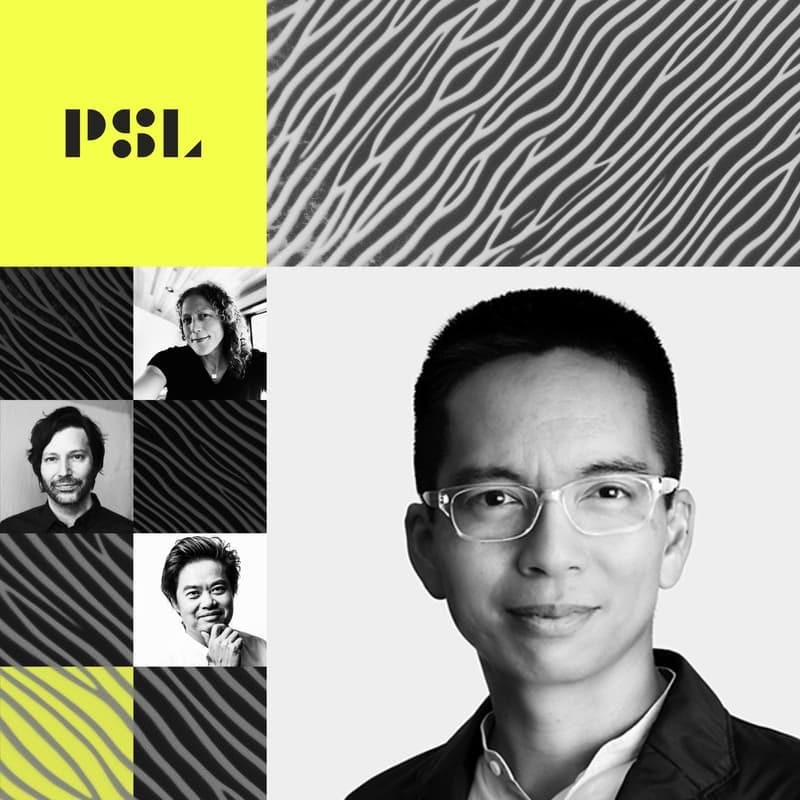AI+Design Series : Design In Tech Seattle Redux with John Maeda
Earlier this month, I attended a community event featuring John Maeda, VP of Design and Artificial Intelligence at Microsoft, as part of the AI+Design series hosted by Albert Shum, Ellie Kemery, and David Zager in partnership with Pioneer Square Labs (PSL). Maeda shared insights from his latest Design in Tech report, presenting technical updates about A…
Keep reading with a 7-day free trial
Subscribe to The 180° to keep reading this post and get 7 days of free access to the full post archives.


